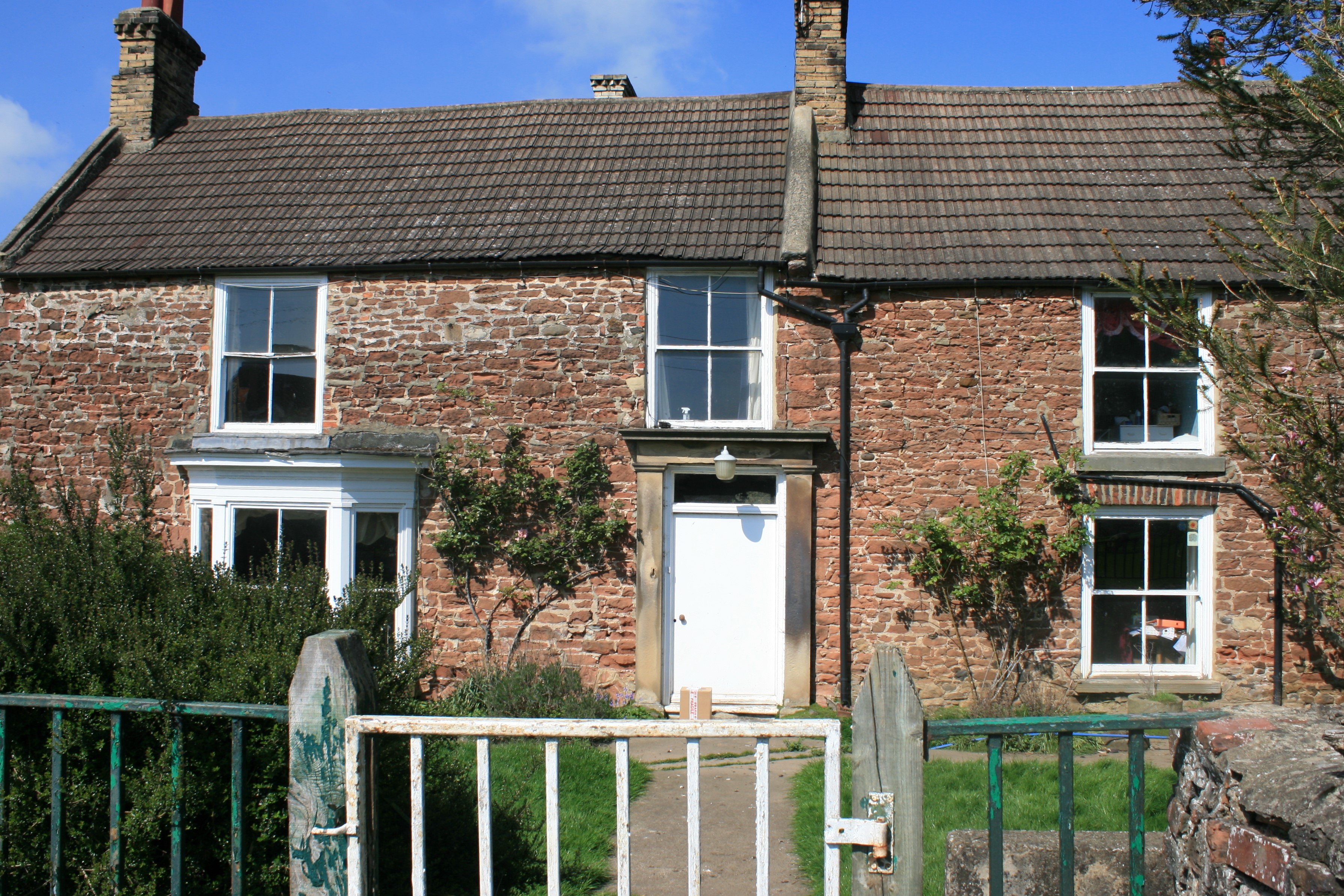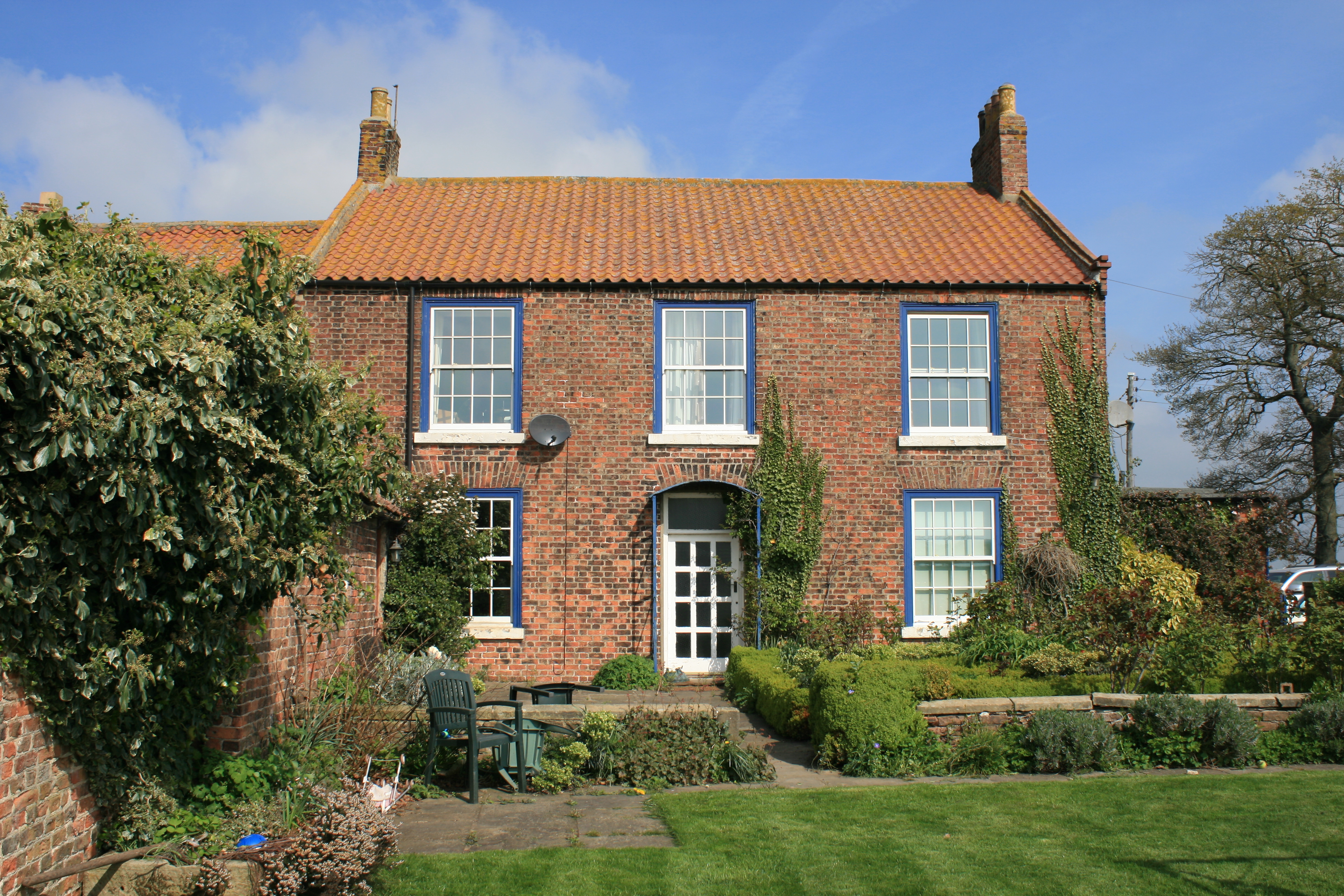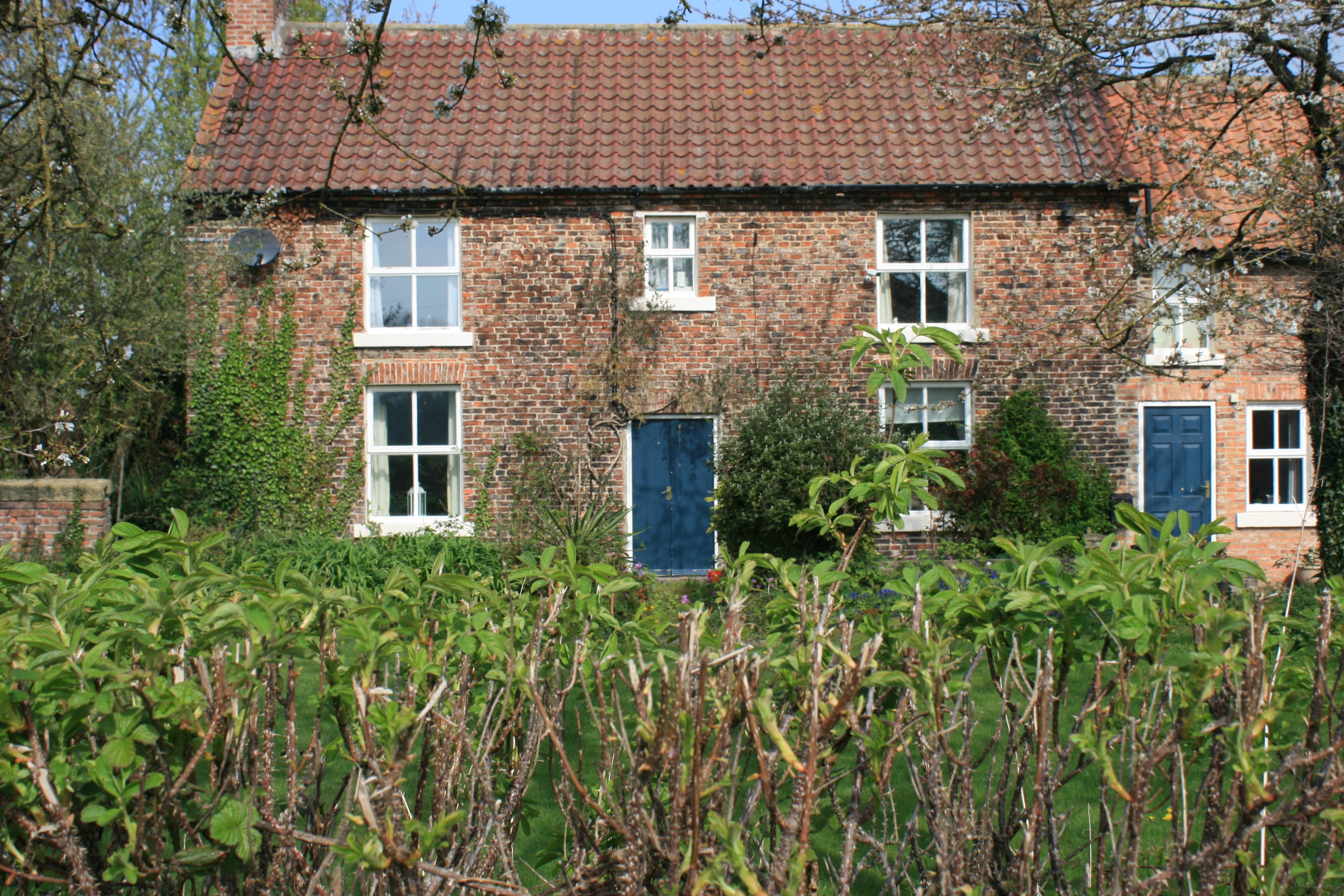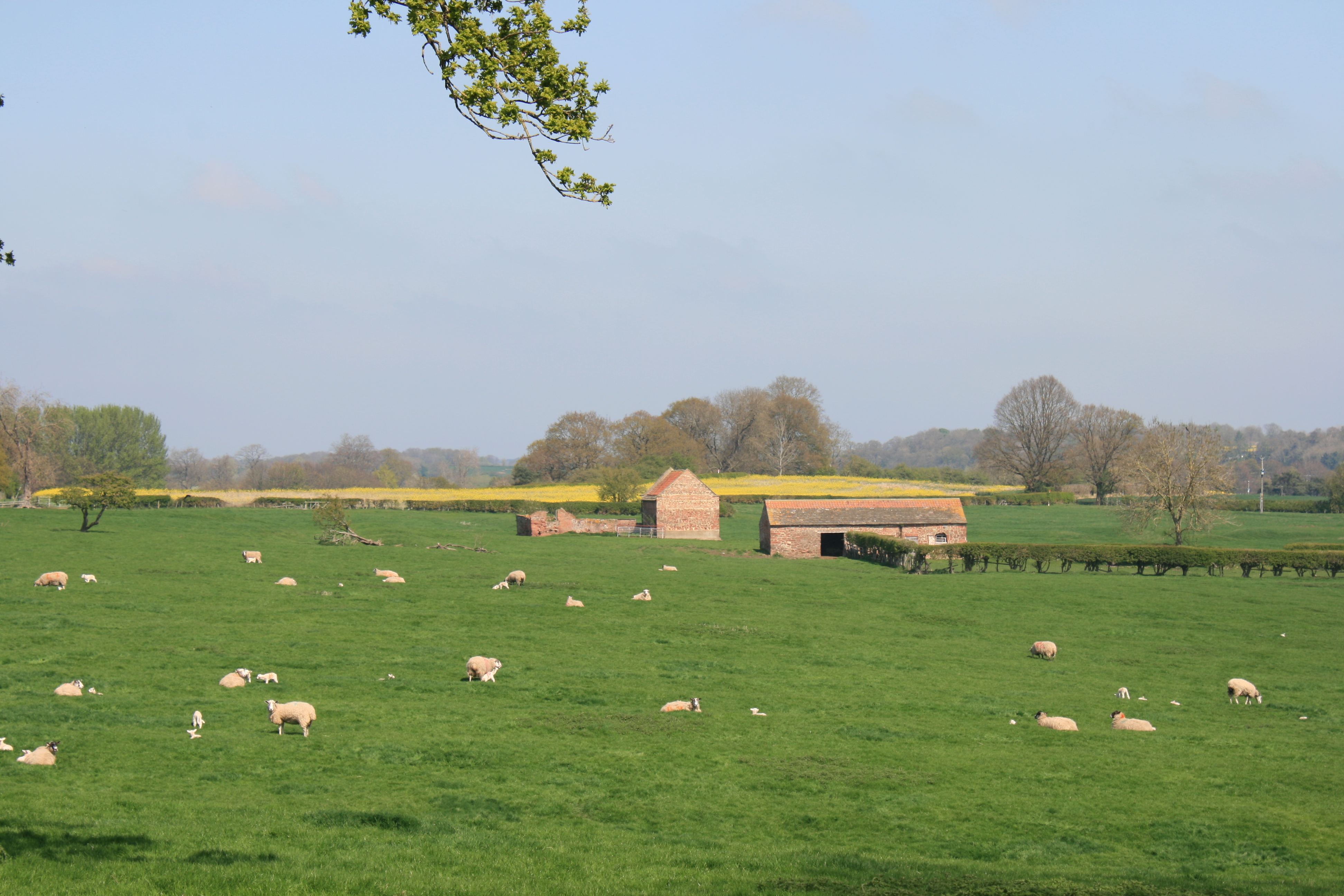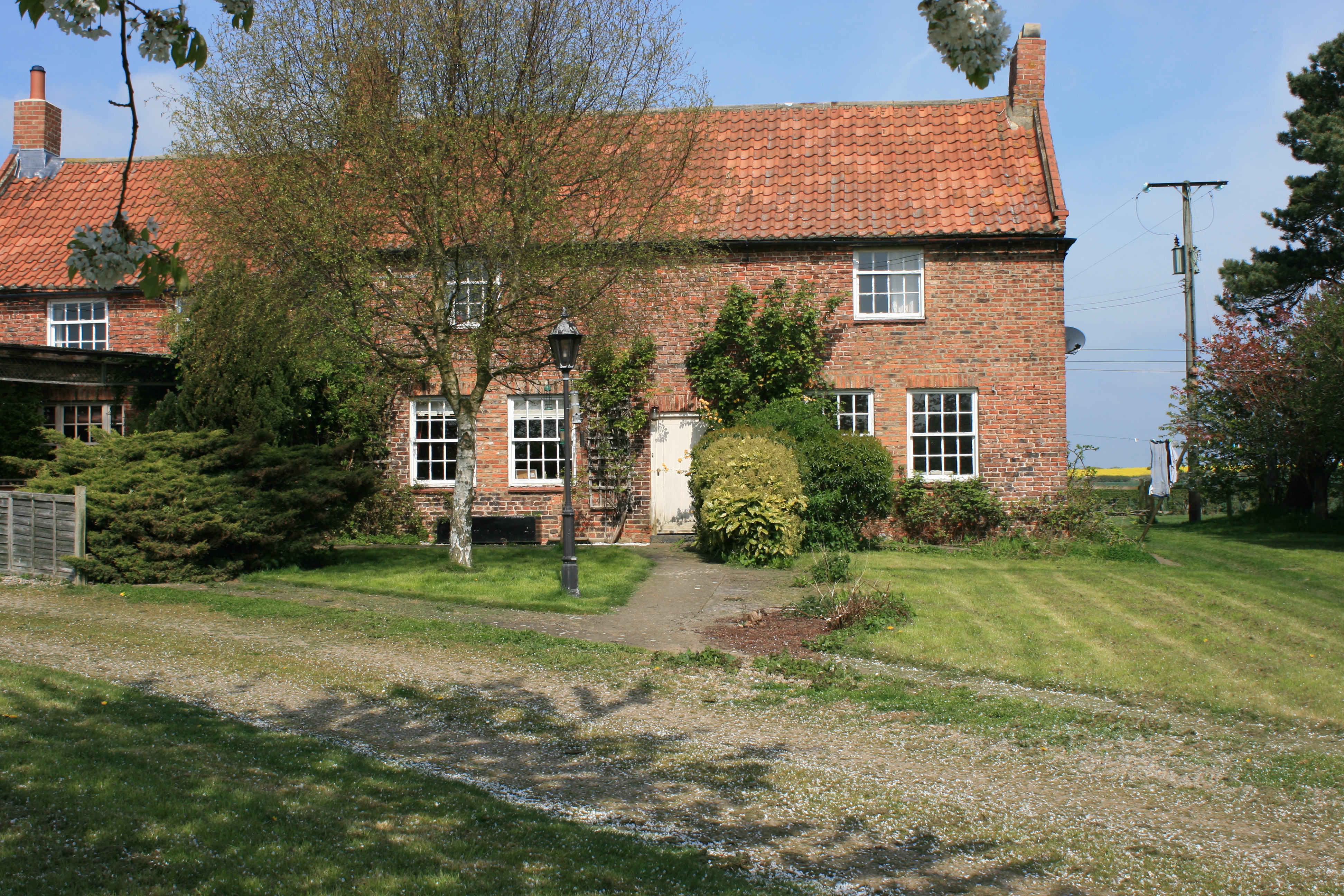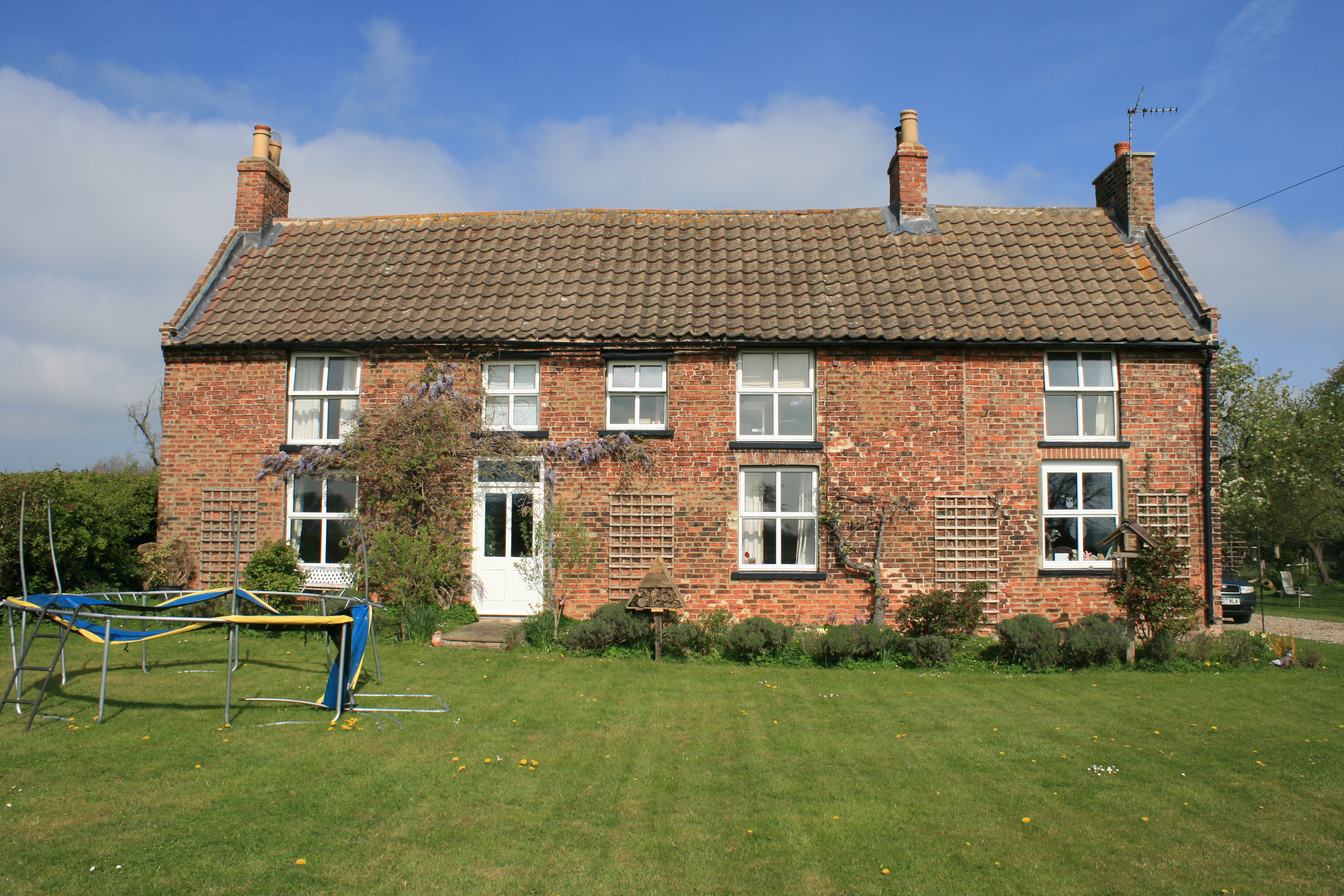Eryholme, Yorkshire
Full Address: Eryholme, Yorkshire , Eryholme , Yorkshire , England , Europe
Project: Yorkshire Mapping Project
Contributor: A J Pollard
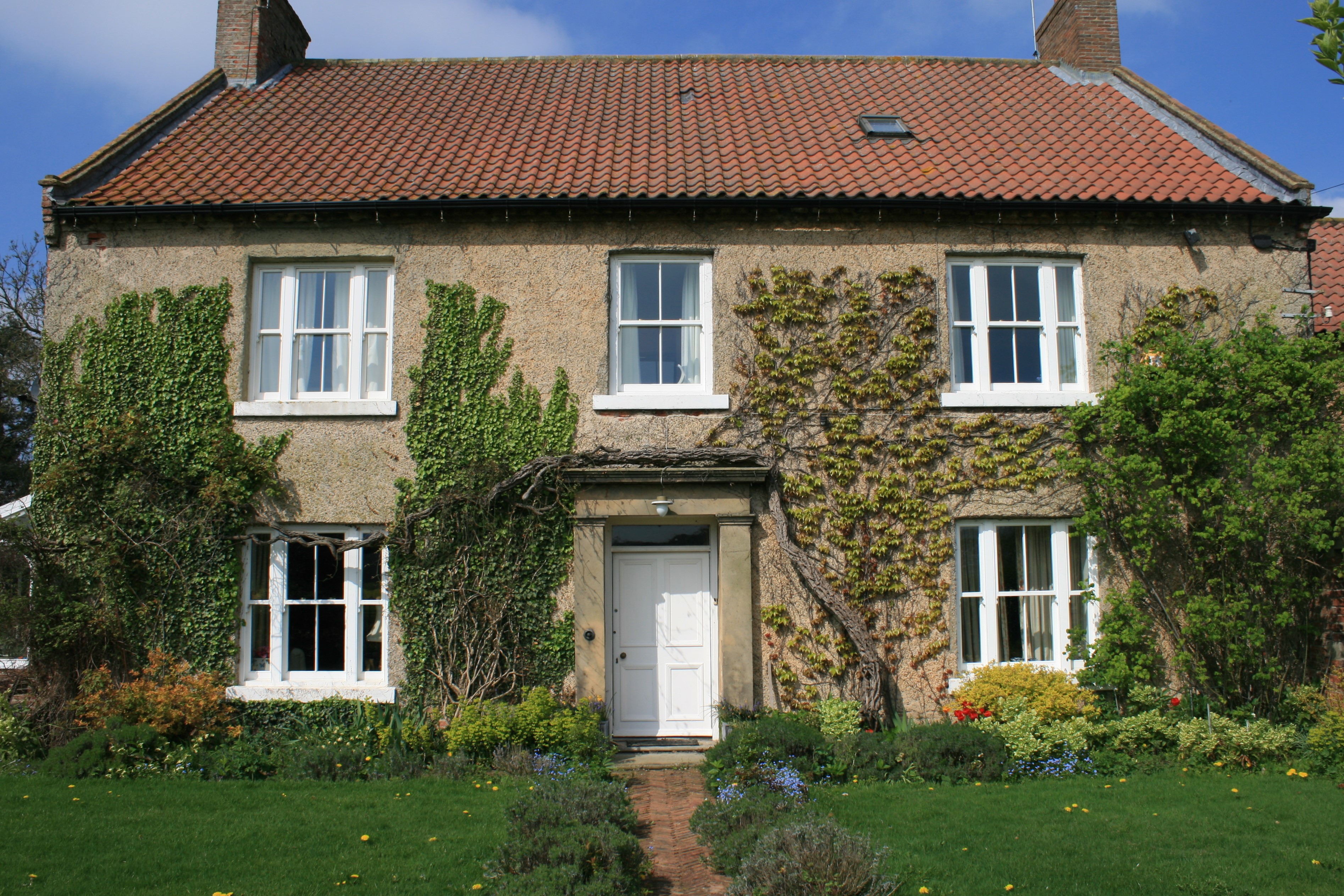
Caption: Eryholme grange formerly eryholme farm [View image full screen]
Caption: Eryholme low hail [View image full screen]
Caption: Eryholme westfields formerly the goslings [View image full screen]
Caption: Eryholme the holmes [View image full screen]
Caption: Eryholme remains of old hall outbuildings [View image full screen]
Caption: Eryhome carlingholme [View image full screen]
Caption: Eryolme west farm [View image full screen]
- Letter from Elizabeth Montagu to Edward Montagu (EMCO ID: 2853)
- Letter from Elizabeth Montagu to Edward Montagu (EMCO ID: 2852)
- Letter from Elizabeth Montagu to Edward Montagu (EMCO ID: 2914)
- Letter from Elizabeth Montagu to Edward Montagu (EMCO ID: 2881)
- Letter from Elizabeth Montagu to Edward Montagu (EMCO ID: 2005)
- Letter from Elizabeth Montagu to Edward Montagu (EMCO ID: 1150)
- Letter from Elizabeth Montagu to Edward Montagu (EMCO ID: 1136)
- Letter from Elizabeth Montagu to Edward Montagu (EMCO ID: 2037)
- Letter from Elizabeth Montagu to George Lyttelton, 1st Baron Lyttelton of Frankley (EMCO ID: 1018)
- Letter from Elizabeth Montagu to James Beattie (EMCO ID: 2194)
- Letter from Elizabeth Montagu to James Beattie (EMCO ID: 2160)
- Letter from Elizabeth Montagu to Mary Robinson (EMCO ID: 2128)
- Letter from Elizabeth Montagu to Morris Robinson (EMCO ID: 3124)
Eryholme is a parish and township on the right bank of the River Tees in the far north of Yorkshire, three miles south of Darlington. Until the opening of the Boroughbridge to Darlington turnpike in 1745, the principal branch of the Great North Road ran through it, crossing the river by ford and ferry to Neasham on the Durham bank. The turnpike diverted the route to cross the river upstream at Croft, but locals continued to use the ford to go to Darlington (the nearest market) and beyond for many decades.
The Montagu estate at Eryholme was bought by the trustees of Charles Montagu in 1714 to provide a jointure for his wife. The principal trustee was his brother Sidney Wortley Montagu. It was purchased from Sherard Bennet, 1st Earl Harborough, who had acquired it when in 1696 he married Mary Calverley, the heiress of Sir Henry Calverley. She and her baby son died in childbirth, and Bennet never married again, eventually making his nephew his heir. The estate inherited by Charles’ son Edward in 1735 after his mother’s death was approximately three quarters of the whole property settled on Sherard in 1696.
We do not know how many times Edward visited his new estate before he married Elizabeth Robinson in 1742 and the surviving correspondence with her began. Visits to Eryholme en route to and from Newcastle are recorded in the correspondence in 1751, 1754, 1758, 1763-4, 1766 and 1770.
Elizabeth’s earliest recorded visit to Eryholme is in July 1770, when she described the tenants there as ‘a set of people I always see with pleasure’, implying she had been there more than once before. After Edward’s death she stopped at Eryholme on her visits north in 1775 and 1778, and may have visited again in 1783 and finally in 1786.
Both Edward and Elizabeth wrote lyrically about the beauty of Eryholme and its fine prospects. In 1775, for instance, she told Elizabeth Carter that
"This estate is a perfect paradise, the Tees river, fine woods, beautiful prospects, rich land, pretty farm houses, little villages, everything conspires to adorn it. [1 July 1775, MO 3364, EMCO 3054]"
But the Montagu interest in Eryholme lay primarily in the estate as a source of income, rather than as a beauty spot. On 28 June 1754, Edward wrote to Elizabeth, that, despite its natural beauty ‘to us it can never be of much more consequence than by the revenue it produces’. [MO 1876]
Their estate contained approximately 1,462 acres, comprising, when Edward inherited it, some 10 farms of sizes varying from 45 acres to over 200 as well as cottages, garths and a smithy in the village. The Hall, which stood to the east of the village, was empty. It had been the principal residence of the Calverleys before they fled the kingdom in 1683, but was apparently uninhabitable by the time of Edward’s first recorded visit in 1746. It may have been demolished, and no image of it has survived.
In 1755 the estate produced an annual income of £636 in rent. Before the Montagus bought the estate, land was held on 21-year renewable and hereditable fixed-term leases. It is apparent from the correspondence that Montagu was able to reduce the length of the term of the leases to seven years and thus steadily increase rents on renewal. He reported to Elizabeth in December 1746 that he had let Allerthorpe Hall at an advanced rent and that ‘as the leases expire at Eryholme, I hope something of the like nature can be done there’. In 1775 Elizabeth reported that the rents were ‘lately advanced’ by £438 on all her Yorkshire estates, and that the tenants were still prepared to pay. As she observed more than once, they were committed to their farms. In 1779 the Allerthorpe estate was valued at £1,023 p.a, and Eryholme was probably just under £1,000.
Being absentee landlords, the Montagus depended on a land agent for day-to-day management. Edward Carter, who lived at Theakston Hall close to Allerthorpe, was Edward’s first supervisor until he died in 1754. He was followed by John Wright from Denton, who was also the overseer of the colliery there. He was dismissed in 1766 to be placed by Ned Brown, also a Northumberland man. Edward and then Elizabeth became dependent on Brown, but he too was suspected of lining his pockets and dismissed in 1787.
In the mid-1760s, leases and covenants, and the auditing of accounts for all of the Montagu estates, became the responsibility of William Black, a London based lawyer. Edward described him as his bailiff in 1767, but his role was more important than that implies; he was described by Elizabeth as her steward in 1783, but in 1779 he identified himself as their land agent employed for several years in ‘valuing, letting and superintending’ their estates, and both Edward and Elizabeth depended on him.
Both Edward and Elizabeth were ‘improving’ landlords: Edward Montagu commissioned John Wright to draw up a Plan for Improvement in 1764. However, something went disastrously wrong, because by the end of 1766 he had dismissed Wright who he had discovered had defrauded him: not only had he been embezzling money, but he had entered into ‘pretence’ leases with the four tenants at Eryholme and given them permission to break up land, without his knowledge or approval.
Montagu, whose health was beginning to fail, did not himself visit the north in 1767, but in late August sent Elizabeth and William Black in his place. By this time he had become convinced that Wright and the tenants had been in collusion. The tenants denied any ‘pretence’ of leases, though admitted they had broken up some ground, and agreed to make amends. But in an intemperate letter Montagu launched into a diatribe, called them villains who had plotted to defraud him. Elizabeth appears to have accepted that the tenants had not colluded and had believed that their actions were authorised.
Some crises, however, were not man-made. After the great flood of 1771, Elizabeth wrote to Edward on 27 November that she had just heard that at Eryholme farms had been demolished, fences spoiled and ground damaged. One old couple even had to be rescued from the top floor of their house.
After Edward’s death in 1775, Elizabeth continued to invest heavily while still increasing the rents. In 1778 she wrote that she had laid out above £500 in improvements in farm houses, fences and draining ‘and in truth still my income is considerably more than ever it was’.
Please note that all dates and location information are provisional, initially taken from the library and archive catalogues. As our section editors continue to work through the material we will update our database and the changes will be reflected across the edition.
Browser support: The website works best using the Chrome, Edge, and Firefox browsers on the PC, and only Chrome and Firefox on the Mac.
